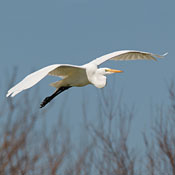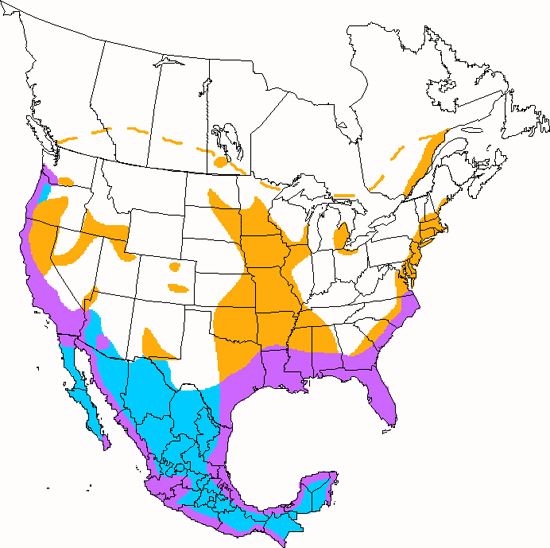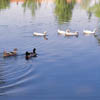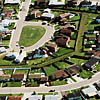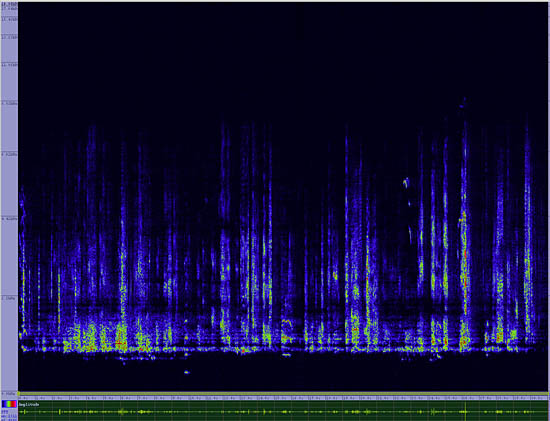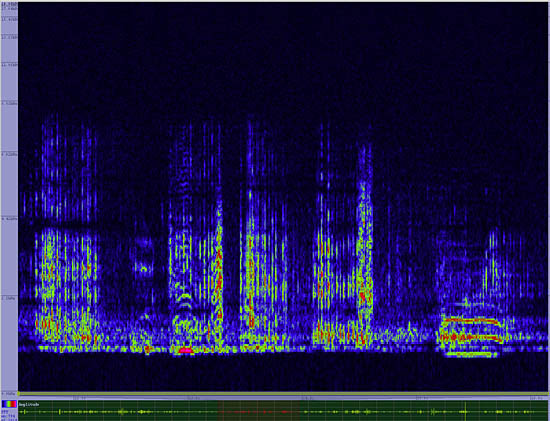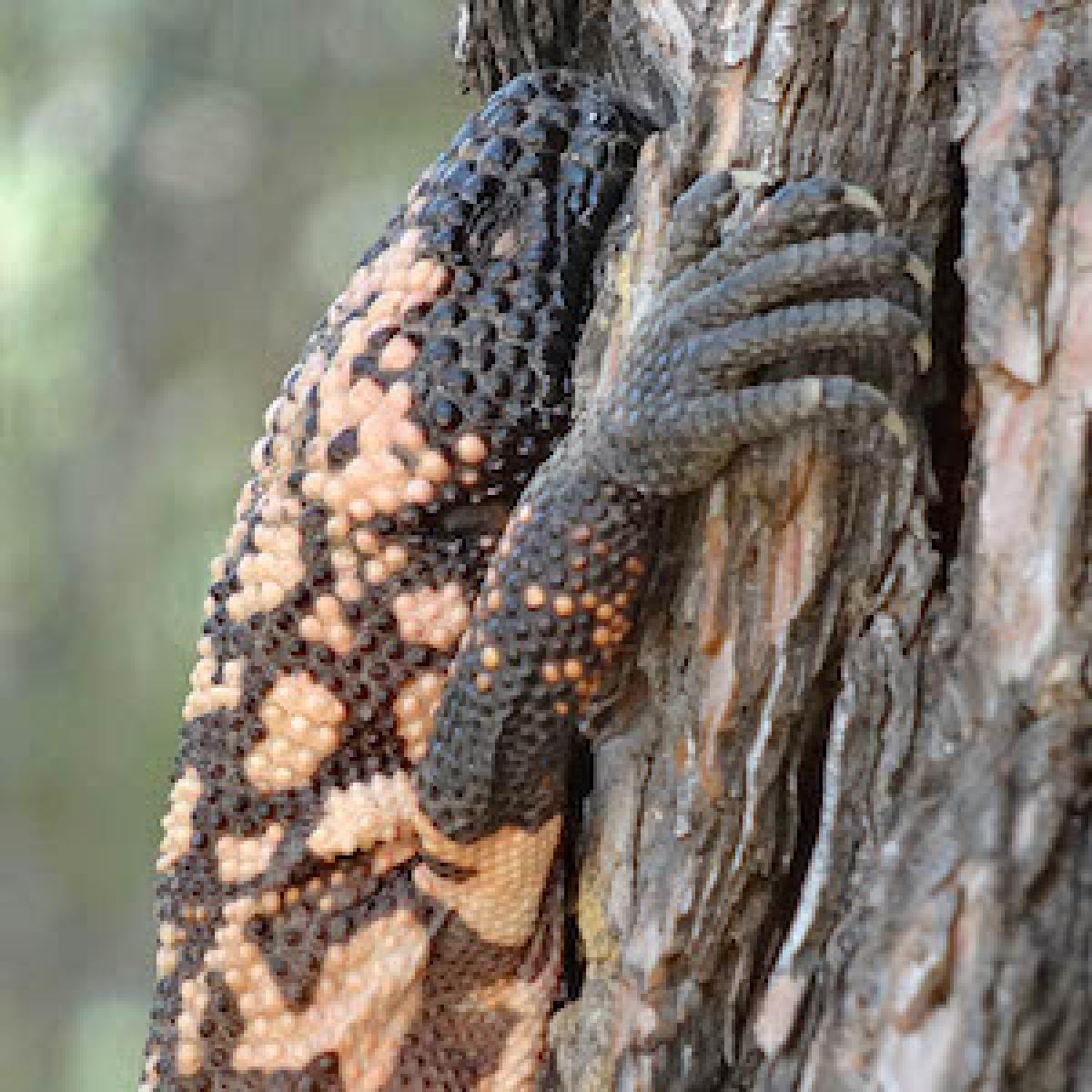Great Egret
Ardea alba

Long Legged Waders
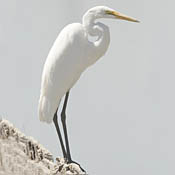
Length: 39 in. (99 cm )
Large and obvious, the yellow bill and dark legs of this white water bird make identification easy. The Great Egret occurs around the world in marshy areas, irrigation ditches, ponds and in tidal estuaries where it stalks fish, insects, crustaceans, frogs and small birds. It makes a large nest of twigs and branches and usually nests in colonies with other water birds, such as herons, pelicans and cormorants. Following nesting in late summer, many individuals wander far north before returning to winter in coastal and warmer inland aquatic areas.
The four-digit banding code is GREG.
Bibliographic details:
- Article: Great Egret
- Author(s): Dr. Biology
- Publisher: Arizona State University School of Life Sciences Ask A Biologist
- Site name: ASU - Ask A Biologist
- Date published: 13 Jul, 2017
- Date accessed: 25 May, 2025
- Link: https://askabiologist.asu.edu/activities/bird/great-egret
APA Style
Dr. Biology. (Thu, 07/13/2017 - 15:36). Great Egret. ASU - Ask A Biologist. Retrieved from https://askabiologist.asu.edu/activities/bird/great-egret
Chicago Manual of Style
Dr. Biology. "Great Egret". ASU - Ask A Biologist. 13 Jul 2017. https://askabiologist.asu.edu/activities/bird/great-egret
MLA 2017 Style
Dr. Biology. "Great Egret". ASU - Ask A Biologist. 13 Jul 2017. ASU - Ask A Biologist, Web. https://askabiologist.asu.edu/activities/bird/great-egret
Be Part of
Ask A Biologist
By volunteering, or simply sending us feedback on the site. Scientists, teachers, writers, illustrators, and translators are all important to the program. If you are interested in helping with the website we have a Volunteers page to get the process started.



